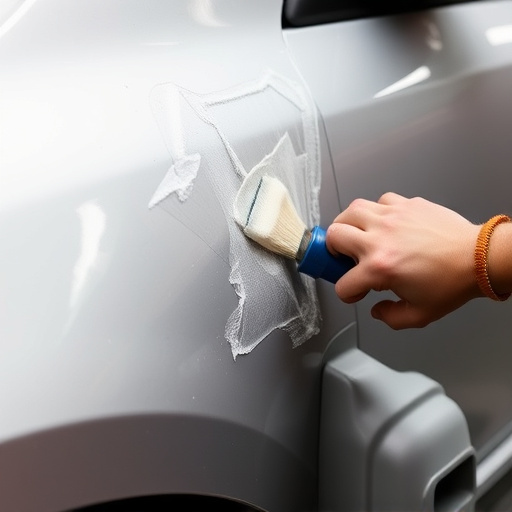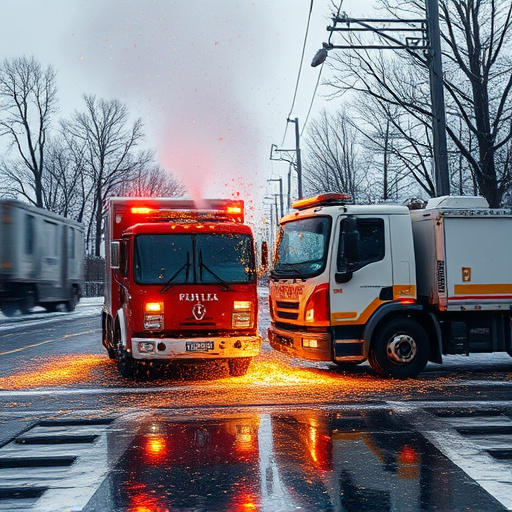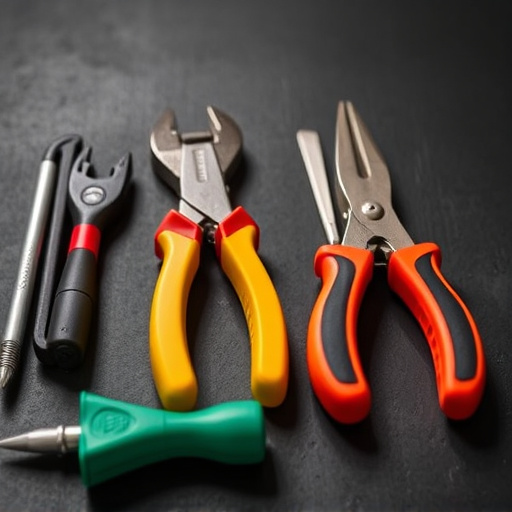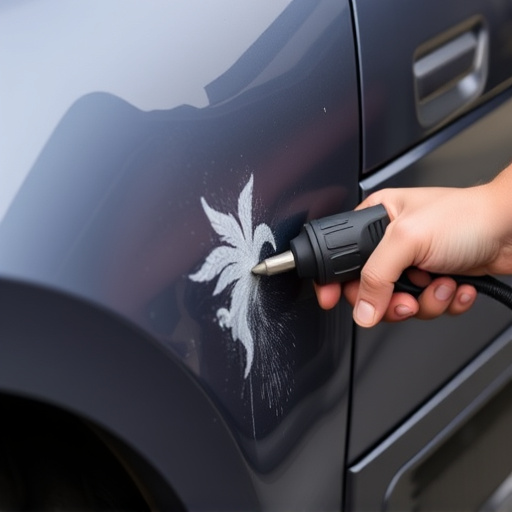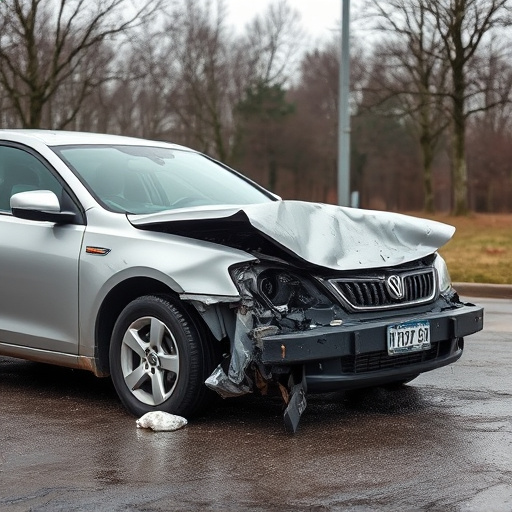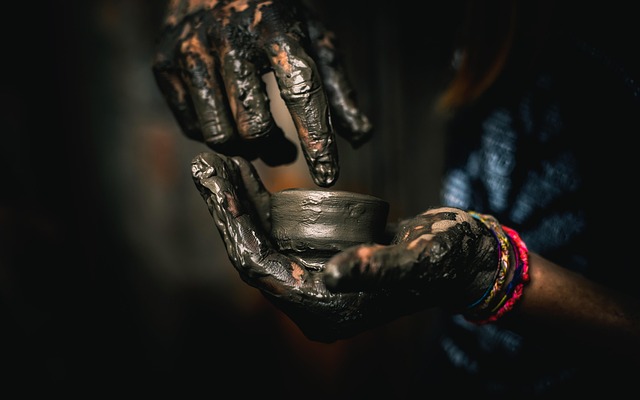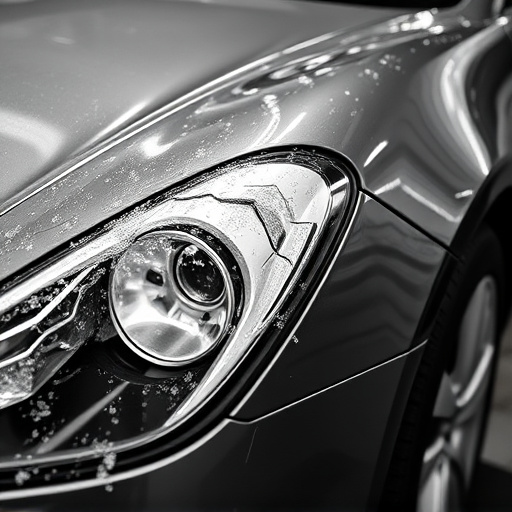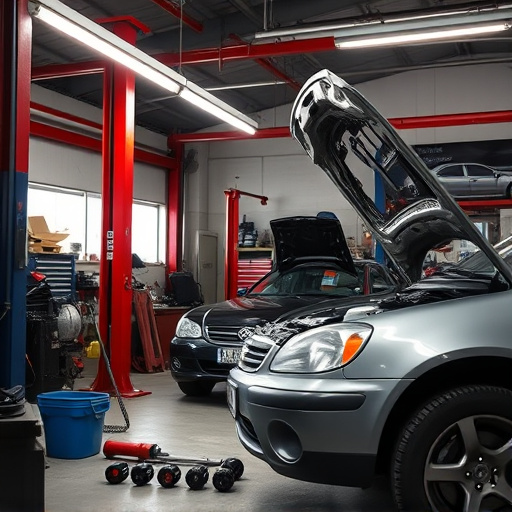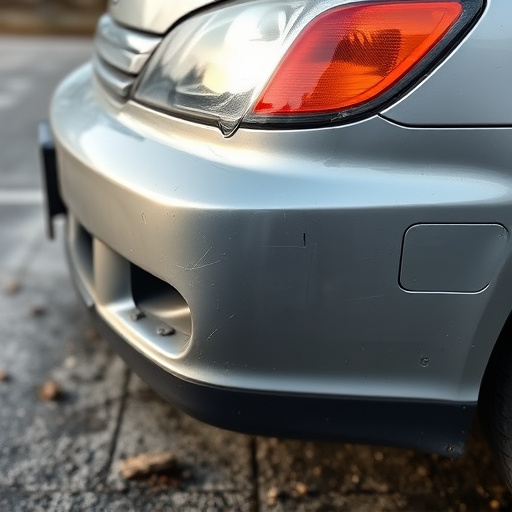Radiators and cooling systems are vulnerable to accident damage, causing leaks, corrosion, and engine performance issues. Auto shops should prioritize radiator repairs and address coolant leaks for optimal temperature regulation. Fans and blowers require regular maintenance to prevent failure. Coolant fluids degrade over time, leading to compatibility problems and potential corrosion; incorrect handling poses safety risks. Timely replacement and proper use of coolants are crucial to avoid costly collision repair services and mitigate cooling system accident damage.
In the realm of automotive maintenance, understanding the vulnerable components of your vehicle’s cooling system is crucial to prevent catastrophic failures. This article delves into the top cooling system components most susceptible to accident damage: radiators, fans and blowers, and coolant fluids. By exploring common issues like leaks, corrosion, compatibility problems, and aging, you’ll gain valuable insights for proactive maintenance, ensuring your vehicle’s longevity on the road.
- Radiators: Leaks, Corrosion, and Their Impact
- Fans and Blowers: Failure Modes and Maintenance
- Coolant Fluids: Compatibility, Aging, and Safety
Radiators: Leaks, Corrosion, and Their Impact
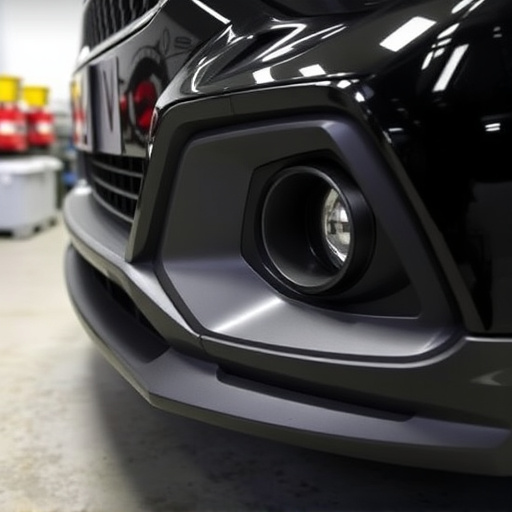
Radiators play a vital role in any cooling system, but they are also components that can be prone to accident damage. Leaks, for instance, are common issues that can stem from worn-out seals or corroded pipes. This not only leads to loss of coolant but also poses a significant risk on the road, as leaks can cause reduced engine performance and even overheat conditions. Corrosion is another major concern, often accelerated by exposure to moisture or salt during accidents involving vehicles driving in snowy or coastal areas. Over time, this corrosion weakens the radiator’s structure, making it more susceptible to failure during high-stress situations like a collision.
In an auto repair shop, addressing radiator issues should be a priority, especially when dealing with cooling system accident damage. Repairs may involve replacing leaked components, welding damaged sections, or in severe cases, entirely swapping out the radiator. Similarly, if a bumper repair or car paint repair is necessary following an accident, it’s crucial to ensure that any associated coolant leaks are also fixed to prevent further complications and maintain optimal engine temperature regulation.
Fans and Blowers: Failure Modes and Maintenance
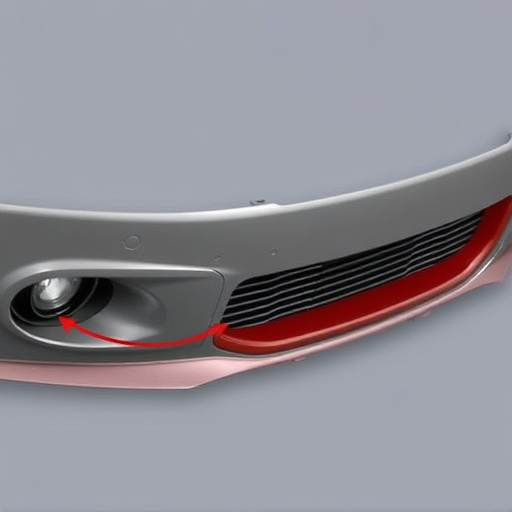
Fans and blowers are integral components within any cooling system, responsible for facilitating air circulation to regulate temperature. However, these parts are also susceptible to various failure modes due to wear and tear, debris buildup, or sudden changes in operational conditions. In a car repair shop or automotive body shop, addressing issues with fans and blowers is crucial to prevent cooling system accident damage. Regular maintenance, such as checking for loose connections, replacing worn-out bearings, and cleaning accumulations, can significantly extend their lifespan and ensure optimal performance.
In the event of a collision at a Mercedes Benz collision repair facility or any vehicle involved in an accident, the impact can cause significant stress on these components, leading to potential failure. Recognizing common signs of distress, such as unusual noises, reduced air flow, or visible damage, is essential for prompt replacement or repair. This proactive approach ensures the cooling system’s efficiency and safeguards against further complications, particularly in extreme temperature conditions, thus preventing costly repairs down the line.
Coolant Fluids: Compatibility, Aging, and Safety
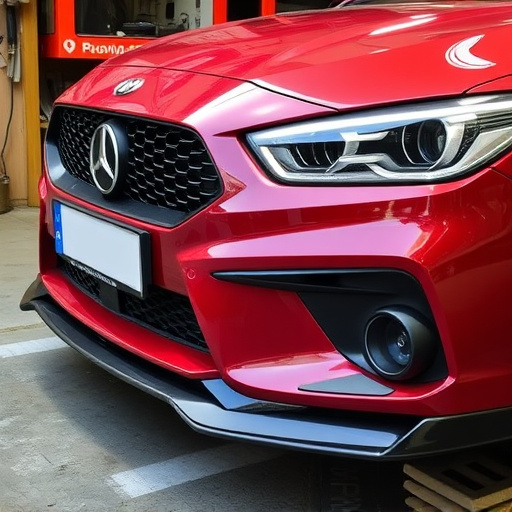
Coolant fluids are a critical component within any cooling system, designed to absorb and transfer heat efficiently. However, their effectiveness diminishes over time due to aging and degradation. As these fluids age, they can become less compatible with the system’s materials, leading to corrosion and potential failure points. This is especially problematic in cooling systems that have been neglected or are exposed to extreme environmental conditions.
Safety is a paramount concern when dealing with coolants. In a worst-case scenario, a coolant leak can cause significant cooling system accident damage if not addressed promptly. Some coolants contain toxic or flammable additives, necessitating proper handling and disposal procedures. Moreover, the wrong coolant type for a specific system can lead to overheating, which may result in severe car damage repair costs and even pose safety risks during a collision or other accidents involving vehicles. Therefore, understanding compatibility, regular maintenance, and timely replacement of coolants are essential aspects of preventing costly collision repair services.
When it comes to preventing cooling system accident damage, understanding the vulnerabilities of each component is key. Radiators, fans, and blowers, along with coolant fluids, are critical areas that require regular attention due to their susceptibility to leaks, corrosion, compatibility issues, and aging. By prioritizing maintenance and staying informed about these potential problems, vehicle owners can significantly reduce the risk of costly repairs and ensure optimal performance.

